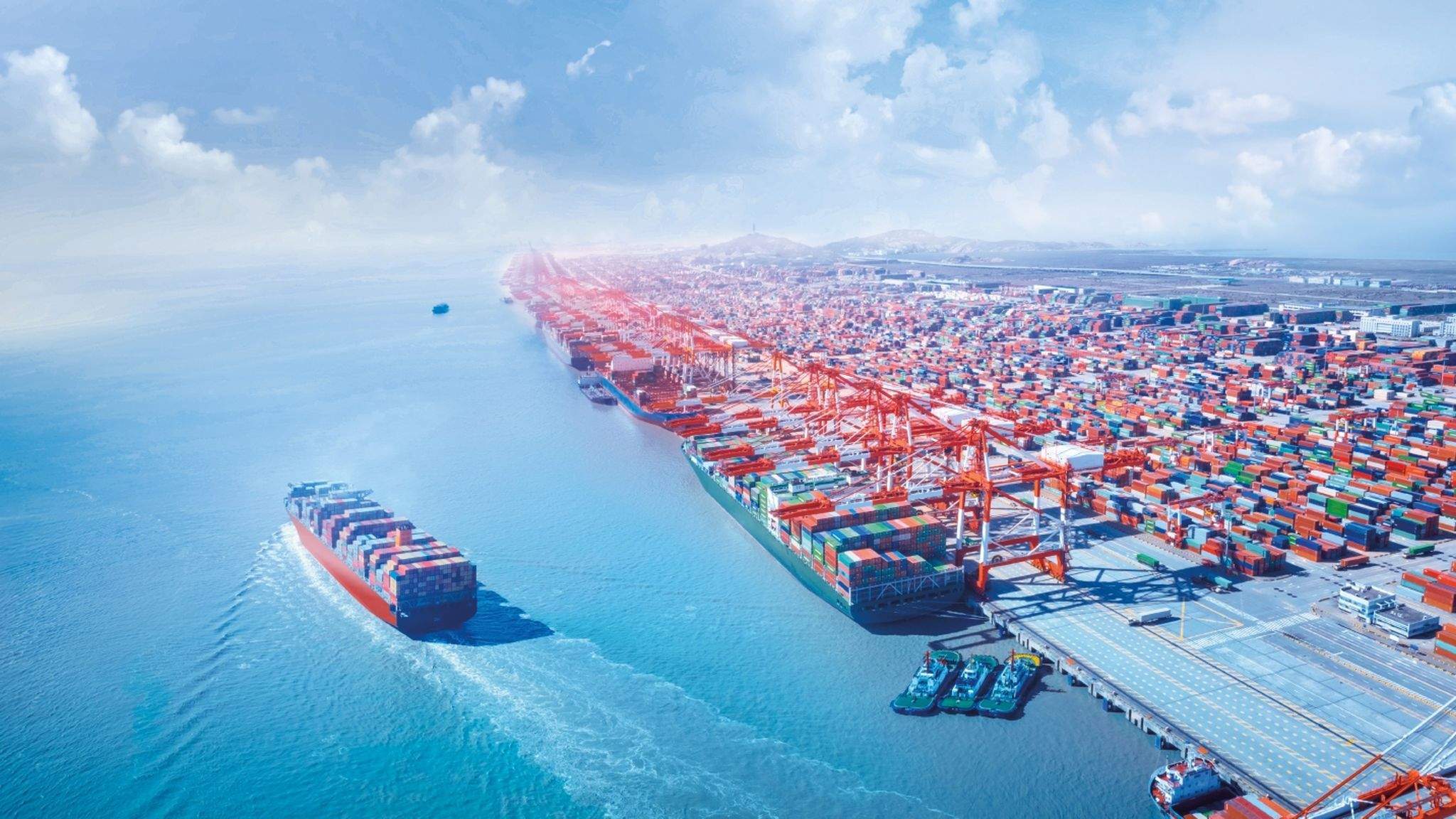Sea freight market update | July 2021

Historical congestion levels are resulting in vessel delays that are absorbing hardly required cargo capacities. Increasing operational instability due to COVID-19 outbreaks in US West Coast terminals and one of Chinas main ports as well as the global equipment imbalance had led to another major disruption of worldwide supply, following the Suez Canal incident. Consumer demand is expected to increase rapidly in 2021, so transportation delays are likely to continue into 2022.
Trade Lane Update
- EUROPE
European ports are still suffering from delays, with the result that most vessels are not being cleared on time. This is caused by the exceptional weather conditions of the past weeks as well as ship delays from ports worldwide.
In the meantime, almost all terminals have introduced emergency plans with different measures. Containers, for example, may only be delivered or picked up with a severely restricted deadline. This mainly affects the Port of Hamburg, but Antwerp and Rotterdam are now also reporting significant delays.
There is a massive shortage of equipment, especially in the inland, but also at the ports. Shortage of 20’ equipment is to be expected within the next weeks as per carrier forecasts.
Europe – Far East
While space is moderately available the equipment situation in Europe is still critical although the first improvements are visible. Carriers have already implemented an Equipment Imbalance Surcharge until further notice.
Europe – South America East & West Coast
Higher rate levels are to be expected due to increasing demand. Santos port congestion improved slightly. Equipment imbalance and tight capacity conditions are still in place.
- ASIA
Port situation in Mainland China
- Terminal operations at Shenzhen's Yantian International Container Terminal (YICT) are back to normal and the handling backlogs at Yantian are resolving.
- The congestion at Shekou and Nansha is still at a high level. Overall, the situation is improving day by day as the number of infections in Guangzhou and Shenzhen is under control now.
- Although the YICT terminal operation has improved significantly, the equipment shortage is still at a very high level due to too many vessel cancellations in June, and the stability of the schedule is also far below normal.
Far East – Europe
Loading capacity and empty equipment are still very limited without any forthcoming recovery for the next weeks to come. Schedule recoveries and port omissions in Asia will further decrease space and allocation.
Far East - South America East Coast
The congestion situation in Santos has improved slightly but tight space and equipment shortages are still a major trigger. Rates are increasing strongly due to high demand.
ISC – Europe
The empty equipment situation has improved slightly. Nevertheless, equipment is still an issue in East India regions. Space situation is extremely tight.
Transpacific Eastbound
The shortage of equipment throughout Asian ports and carriers is continuing. An improvement in the shift of equipment back to Asia is not expected in the near future. Capacity issue is not improving mainly due to congestion across all USWC ports. Service delays and schedule cancellations for ports are continuing and are unpredictable and difficult to manage.
- AMERICA
Record-breaking volumes coming into the country because of the economic recovery and funding programs, resulting in heavy delays due to a lack of rail cars and a shortfall of available chassis. Truckers are booked two to three weeks in advance.
Record temperatures and the associated heatwave have had a major impact to the Pacific North West and Canadian Ports.
Transatlantic
- Equipment is in short supply and expected to remain this way for some time as it gets tied up at multiple inland gateways.
- New services have been added, relieving some of the pressure on capacity. Advanced bookings remain essential.
- Dwell times in the US are at high levels, terminal and port congestions causing further impacts. Multiple port omissions in the US continue to impact schedule integrity. Eastbound space is getting tighter.
Container Indexes
- Click the button below to read the current development on World Container Index and Shanghai Containerized Freight Index.
- Stay close with your logistics partner such as DACHSER for up-to-date market information.
- Provide accurate forecasts to secure equipment and space in time - the more reliable the volume is, the higher is the chance to get on board.
- Place bookings well in advance, we recommend to book at least 4 weeks in advance.
- Inform your DACHSER contact about your priority shipments.
- Be flexible with equipment, consider substitutions.
- Reserve space on air freight services for shipments that cannot be delayed, the rates are slightly higher but it will keep your supply chain running.
If you would like to discuss your transport needs, please feel free to get in touch with your local DACHSER representative to work out the best logistics solution.
